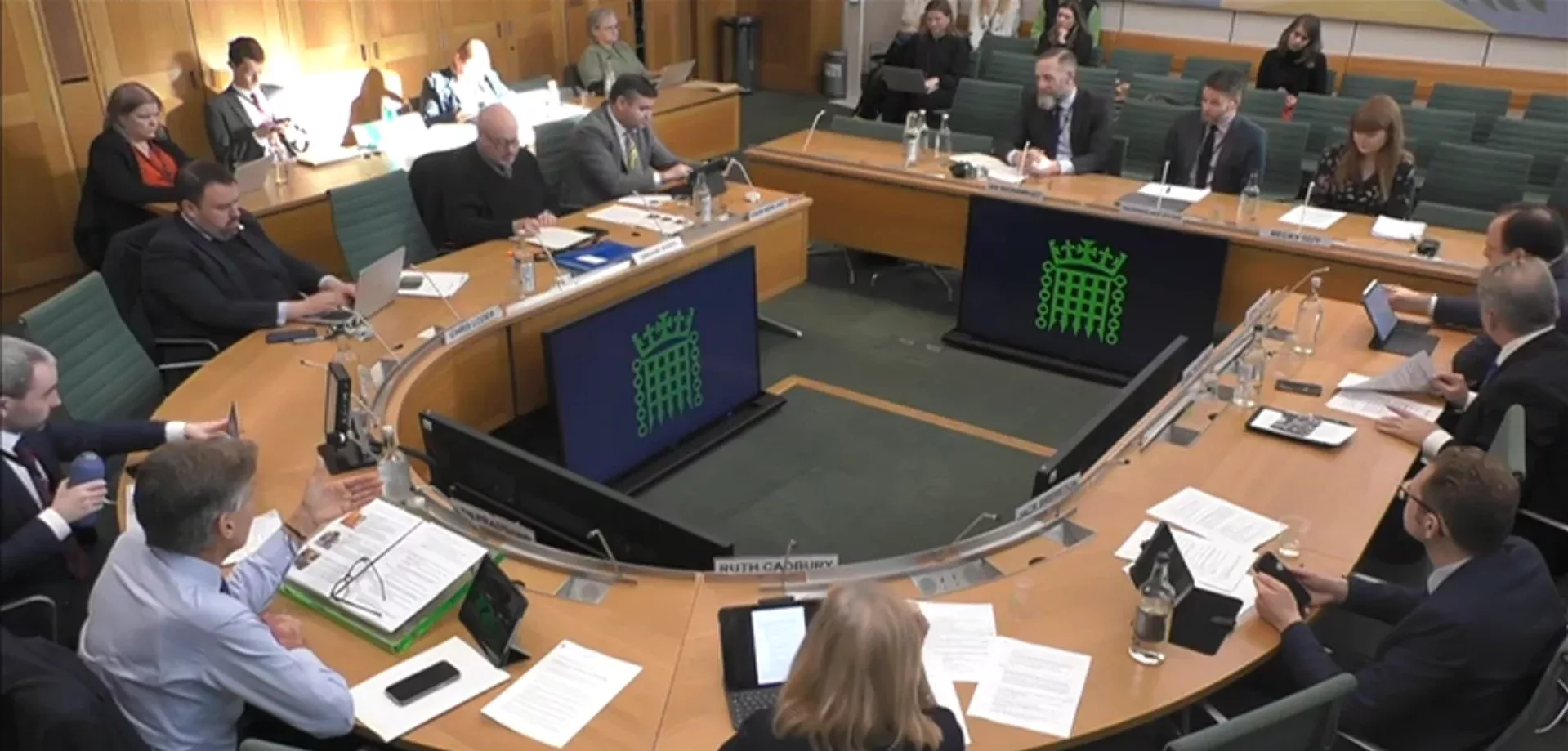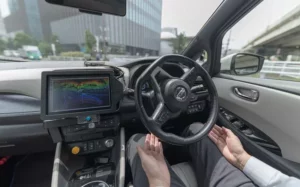The Chartered Institute of Logistics and Transport have appeared before the Transport Select Committee giving evidence on self-driving vehicles.
Ian Wainwright FCILT, Chair of Freight and Logistics Policy Group at CILT(UK) responded to a call from government on matters concerning Connected and Autonomous Vehicles (CAVs).
Ian Wainwright FCILT, Chair of Freight and Logistics Policy Group at CILT(UK) said: “The one issue which emerges time and again is safety – of everything from IT systems through to the vehicle users, and pedestrians and bystanders. This issue dominates nearly all our other comments, but we have still found it necessary to add specific safety comments.
“Technology is developing very quickly, leading some manufacturers to claim their vehicles can operate at a high level of automation. Certainly many new cars could operate at the level of conditional automation, even if they currently operate with partial automation or driver assistance. However, as new technology is fitted to vehicles, such as speed limiters or automatic lane control indication, these should be added to, and tested as part of, the annual MOT to make sure they work correctly and have not been tampered with.
“The core issue for commercial goods vehicle CAVs is road safety, as once in the public realm the uncontrolled and uncontrollable environment leads to a level of risk that most would consider unacceptable. The risk increases exponentially with the size and speed of a vehicle.
“Proponents may argue that detection and guidance technology will prevent any problems but, as anyone who struggles to get a Wi-Fi signal on their phone can confirm, technology is not infallible due to a whole variety of engineering and human factors. Present technologies can and do ‘fail safe’, but a mixture of CAV and non-CAV vehicles on a public road holds the risk of not failing safe, with potentially disastrous consequences.
“Currently it’s clear that where there is greater interaction with the kerbside there is a need for greater road sense. This is particularly true for bus and coach drivers, and for Hackney carriage taxis (rather than private hire vehicles), as the driver is constantly dealing with all the issues related to the passenger pickup and drop-off, especially for any visual or mobility impaired passengers, and the safety of other road users such as cyclists.
“The CILT has seen very little evidence of how these interactions would work and would suggest substantial research and trials will be needed.
“The CILT recommends that a thorough assessment is needed of publicly accessible data and the implications of any such system(s), as CAV roll-out will require significant regulatory control and robust vision system software.
“The CILT strongly believes that CAVS are coming but we are still some way off widespread adoption. The mantra must be safety, safety, safety; safety for users, safety for non-users, and safety of the systems.
“Wholesale introduction into the public domain requires significantly more work and a clear regulatory framework which is likely to require regular updating as technology develops and we get closer to full automation.”
To listen to the meeting in full, visit: Parliamentlive.tv – Transport Committee.
(Picture – CILT)





















